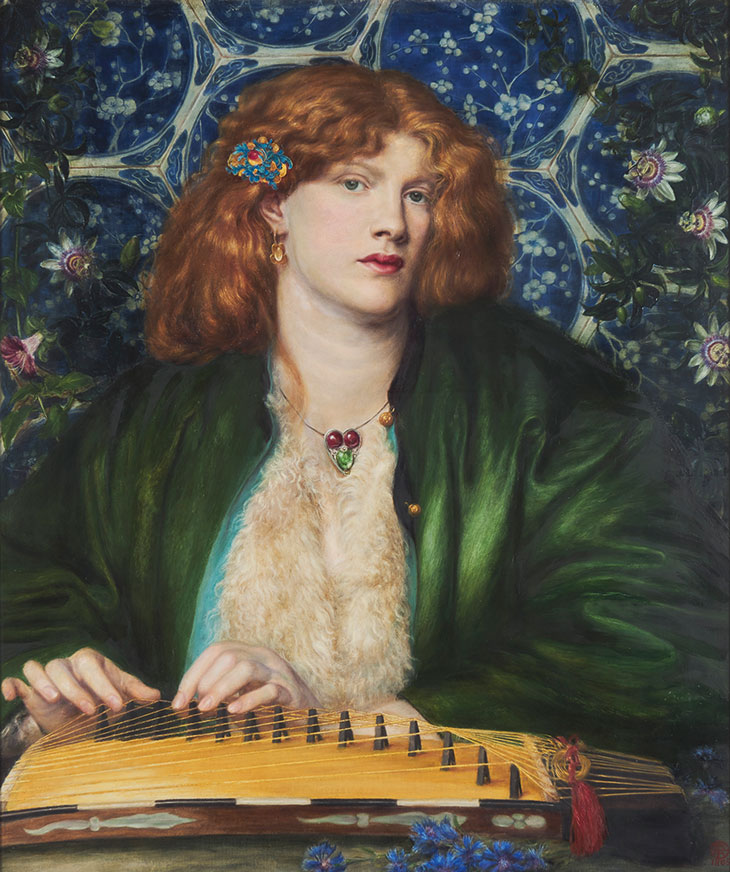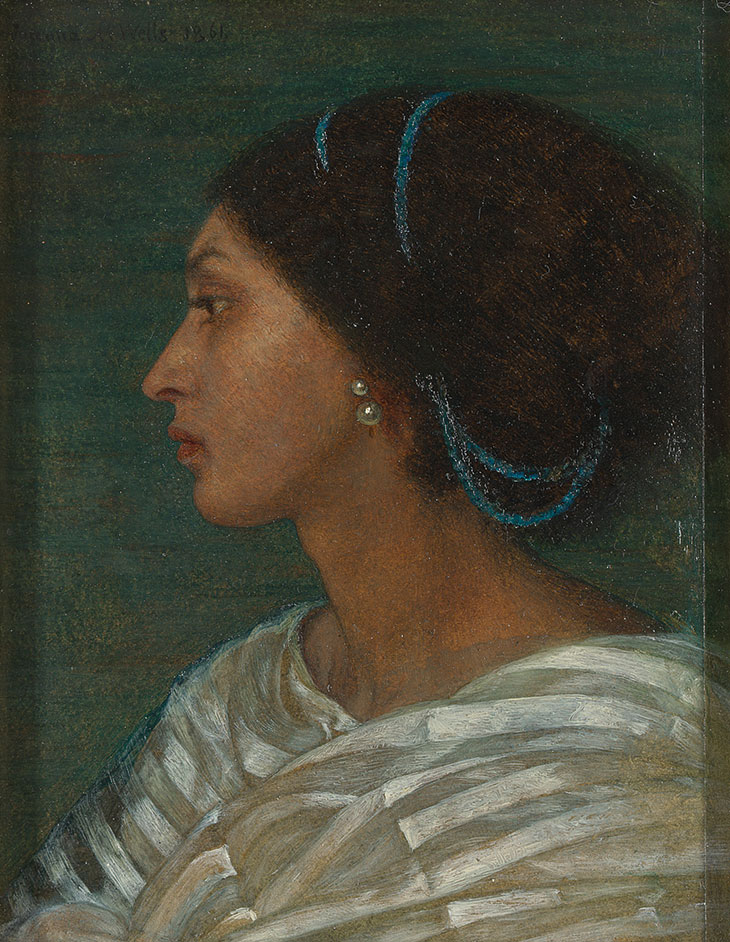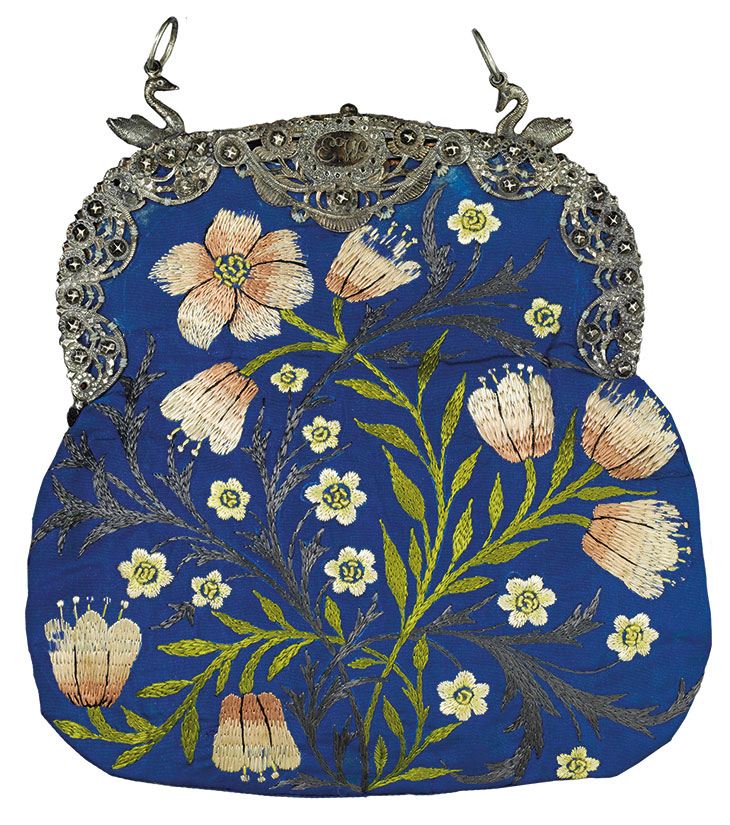Way back when, it so happened that my research for what became the book Pre-Raphaelite Sisterhood (1985) chimed with the Tate Gallery exhibition of 1984 that reintroduced viewers to the Brotherhood after a long period of modernist disdain. This was useful, as I knew virtually nothing about the Pre-Raphaelites, and not much about Victorian art, being trained as a literary critic and having become a biographer. I remember repeated visits to Millbank to look at the pictures and ponder what to infer about the models.
Although for the Sisterhood my aim was purely biographical, the fact that Elizabeth Siddal was the only woman artist in the Tate show – and then only at the determined insistence of Deborah Cherry and Griselda Pollock – spoke eloquently of the patriarchal cast of art history in that benighted era, as Cherry and Pollock underlined in their semiotic analysis of Siddal’s reputation. As the new wave of assertive feminism surged through the 1980s, it prompted energetic inquiry into women ‘hidden from history’, such as the models, wives and muses of the Pre-Raphaelite painters.

The Blue Bower (with Fanny Conforth as model; 1865), Dante Gabriel Rossetti. Barber Institute of Fine Arts, University of Birmingham
Also in that benighted, pre-digital age, documentary research required painstaking work in academic libraries, slowly transcribing diaries and correspondence by hand (no photography allowed). Once, allocated a side room to myself, I smuggled in a handheld voice recorder and whispered the texts to it to save time. When it came to writing, however, the book flowed easily, being one of those of which authors say ‘it wrote itself’. This was due simply to viewing the materials through a new lens, revealing a different narrative to that of princely male genius and passive Cinderellas. Seen from the perspective and experience of the latter group, a much more interesting story emerged.
Pre-Raphaelite Sisterhood received some grudging reviews, but proved pioneering and popular. Subsequently, the Pre-Raphaelite movement has itself gained ever-increasing popularity, so that it is now sometimes regarded as the pre-eminent art movement of the 19th century, despite being in its own time one strand among others – realist, Aesthetic, imperialist, Impressionist, Symbolist, Decadent, etc. Recently, historical art exhibitions have invoked ‘Pre-Raphaelite’ whenever they can, while fashion, movies and graphic design endlessly refer to well-known images.

Study of Fanny Eaton (1861), Joanna Boyce Wells. Yale Center for British Art, New Haven
My scholarly interests moved on, to the Victorian representation of black people, a group then even more ignored than women in critical inquiry, but which now receives much greater attention. But the Pre-Raphaelite women remained always important; I welcomed all new research and analysis. So when the National Portrait Gallery suggested an exhibition, my immediate idea was the current ‘Pre-Raphaelite Sisters’. This aims to adjust the art-historical narrative once again, by including all the roles that women played in the creation of Pre-Raphaelite art.
Models deserve more credit for creative input, in line with today’s understanding of the collaboration between artist and model, and the reconceptualisation of the latter as an actor asked to portray varied roles. Women artists are of course crucial members of the movement, who still tend to be overlooked or placed in a gendered corral rather than alongside their male coevals.

Evening bag (c. 1878), designed and embroidered by Jane Morris. © Victoria and Albert Museum, London
The role of the muse is also under-explored, still viewed as the passive creation of her male presenter. Lastly but possibly most importantly is the ‘back room’ work of women in art production, by wives and family members, in studio and household management, costume-making, account-keeping, social networking and emotional support. As well as bearing eight children, Effie Millais (née Gray) undertook all these and more tasks, as detailed in her son’s biography of his father.
In curating the National Portrait Gallery show, which focuses on a dozen women, I have been gratified to find not only that much of the Sisterhood’s scholarship remains sound (as one would hope) but also that its interpretations are still reasonable, if also revisable. I no longer believe the legend that Elizabeth Siddal was ‘discovered’ in a bonnet shop, but that she showed her amateur drawings to tutors at the Government School of Design (which became the Royal College of Art), and then modelled for Walter Deverell as a way into the world of art. The life of Fanny Cornforth (at various times model, mistress and housekeeper to Dante Gabriel Rossetti), whom I characterised as a ‘good-time girl’ rather than a prostitute, as she had been described historically, has been extensively recovered by archivists at West Sussex record office, together with her previously unknown date and place of death in 1909 in a Chichester asylum. There are more discoveries in the exhibition, which I hope will open new perceptions of the women within and behind the ever-alluring images.
‘Pre-Raphaelite Sisters’ is at the National Portrait Gallery, London, until 26 January.
From the November 2019 issue of Apollo. Preview and subscribe here.














![Masterpiece [Re]discovery 2022. Photo: Ben Fisher Photography, courtesy of Masterpiece London](http://zephr.apollo-magazine.com/wp-content/uploads/2022/07/MPL2022_4263.jpg)
‘Like landscape, his objects seem to breathe’: Gordon Baldwin (1932–2025)